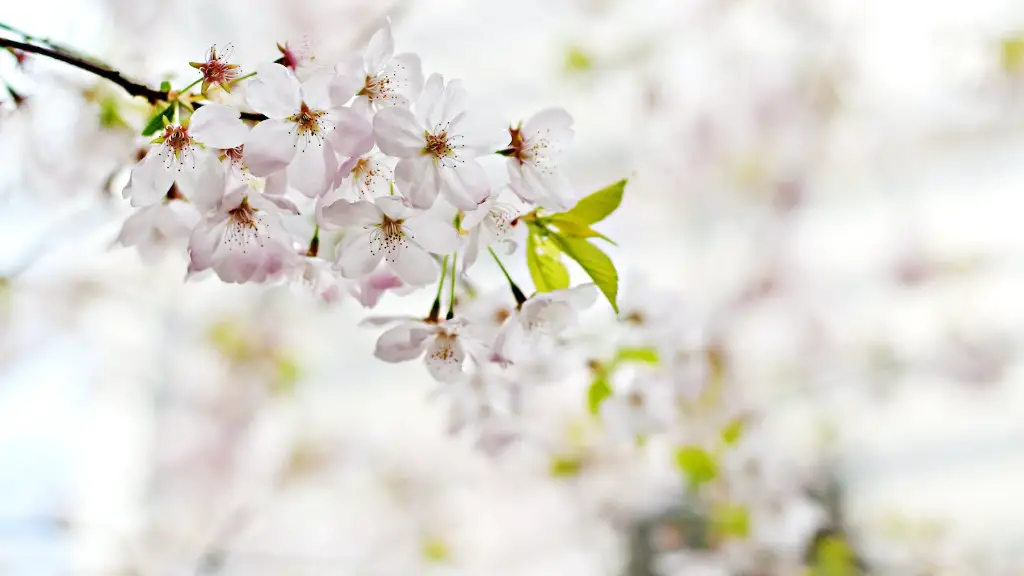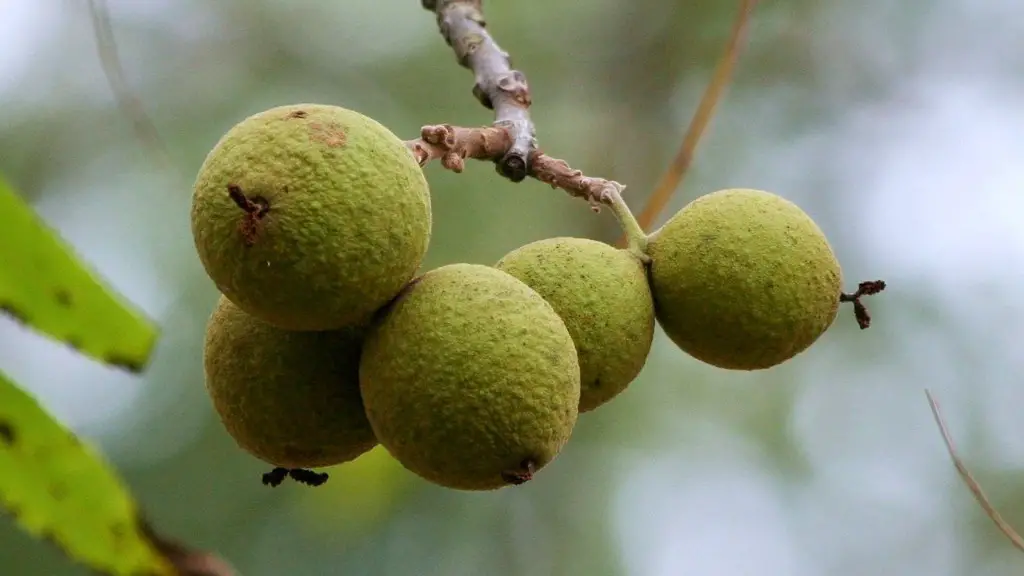The Tell-Tale Signs of a Dying Tree
Weeping cherry trees have been renowned for their grace and beauty. However, when a beloved weeping cherry tree begins to decline it can be very disheartening to behold. To keep a weeping cherry tree in good health requires understanding of the tell-tale signs of a dying tree and the immediate steps to take.
When a tree begins to decline it can be difficult to discern what is causing the issues at hand. The most obvious sign of a dying tree is its appearance. Weeping cherry trees will begin to lose foliage, turning from lush greenery to patches of yellowing, dry leaves. Additionally, if the trunk of the tree is showing signs of discoloration or bark rot, this may be indicative of the tree’s health.
Causes of a Dying Tree
Now that you have identified the signs of a dying tree, it’s time to consider the causes that could be at the root of the problem. Winter injury is often a factor when it comes to declining trees as a result of heavy snow or strong winds. Likewise, a lack of sufficient water can cause the death of a tree as can planting a tree in a location that is too small for it to thrive.
In some cases, fungi and pests can wreak havoc on an otherwise healthy weeping cherry tree. Fungal infections are often a result of the environment in which it is planted or the wet soil conditions. Pests, on the other hand, can quickly become a problem if not taken care of just as soon as the symptoms appear.
Diagnosing the Problem
If you suspect your weeping cherry tree is in decline, it’s important to properly diagnose the issue before attempting to fix it. A professional arborist can quickly diagnose the issue with a quick and simple assessment. An arborist can also recommend the best course of action to save your beloved tree.
In some cases, the tree may require a deep pruning or the removal of infected branches. In this case, an experienced arborist can make quick work of the job. Alternatively, if fungal infections are present, a fungicidal treatment may be advised to help reduce the spread of the disease and return the tree to a healthy state.
Nutrient Deficiencies
Nutrient deficiencies are also a potential cause of a dying weeping cherry tree. If a tree is not receiving the proper amount of vitamins and minerals it needs to thrive, it can ultimately lead to a decline in its health.
Giving your tree the nutrients it needs may be as easy as providing it with a well balanced fertilizer. A fertilizer with slow-release properties will ensure that the nutrients are spread out evenly and over a longer period of time. Additionally, it’s important to mulch the base of your tree to provide an additional layer of protection and a healthy dose of essential nutrients.
Proper Care and Maintenance
In order to keep your weeping cherry tree healthy, it is essential that you provide it with proper care and maintenance. Watering your tree on a regular basis is critical and can prevent the spread of any diseases that may be present in the soil. Additionally, proper pruning is key for the proper growth of your tree and the prevention of pest infestations.
Weeping cherry trees prefer a neutral pH level in the soil, so it’s important to regularly test the PH levels of the soil in which your tree is planted. In addition, it is equally important to remove any dead or rotting branches as soon as they appear in order to reduce the spread of disease and pests.
Lastly, it’s important to keep your tree well fertilized and aerated in order to ensure its health. When fertilizing, it is recommended to invest in an organic fertilizer that is specifically designed for a weeping cherry tree.
Using Manure as Fertiliser
Manure is one of the best ways to provide a weeping cherry tree with the nutrients it needs to thrive. Composted manure can provide essential magnesium, phosphorus and nitrogen that a tree needs to sustain healthy growth. Manure also helps to increase the soil’s organic content and provide better aeration for the roots of the tree.
It is important to ensure the manure is properly composted before using it as a fertiliser. Overly fresh manure can contain weed seeds and bacteria, which can cause the tree to suffer from a fungal or bacterial infection. It is also important to note that the manure should not be added directly to the roots of the tree, as this can damage the delicate root system.
Weeping Cherry Trees in the Landscape
Weeping cherry trees are a popular addition to many backyards and gardens. Not only are they easy to maintain, but their stunning blossoms make them a wonderful addition to any landscape. However, even the sturdiest trees can suffer from pests, diseases and other issues if not properly cared for.
In order to keep your weeping cherry tree in good health, it is important to provide it with ample sunlight and water and ensure that it is planted in well-draining soil. Additionally, it is important to monitor the tree for any signs of infestations or diseases and address these issues as soon as possible.
Preparing for Winter
Finally, in order to keep your weeping cherry tree healthy through the winter months, it is essential to prepare it well in advance. Prune any dead or weak branches, make sure the tree is getting enough moisture through the months of drought, and apply anti-desiccant spray to protect it against any potential winter damage.
In some cases, winter injury can be avoided by wrapping the tree in a burlap cover or fabric cover to insulate it from the cold weather. It is also important to keep any overwintering pests away from the tree by controlling the pest population on the surrounding property.
Using Natural Products
To keep your weeping cherry tree in its best health, it is important to use natural products whenever possible. Natural insecticides, fungicides and herbicides can be used to protect the tree from pesky pests and diseases. Additionally, manure can be used to naturally fertilise the tree and provide it with the nutrients it needs to survive.
It is also important to ensure that any disease or fungal infection is adequately treated before any other steps are taken. There are a number of natural remedies that can be used to combat fungal infections and restore the tree to a healthy state.
Maintaining a Strong Root System
One of the most important aspects of keeping a weeping cherry tree healthy is maintaining a strong and healthy root system. Proper aeration and mulching is essential and helps to reduce the risk of root rot and other diseases. Additionally, it is important to make sure the tree is not planted too deeply in the soil.
The root system of a weeping cherry tree should be just below the surface of the soil and be given a good dose of compost each season to provide it with essential nutrients. If the root system is healthy, then the rest of the tree will not suffer from any issues.
Protecting the Tree from Extreme Weather
Weeping cherry trees are susceptible to extreme weather conditions and should be protected from any adverse conditions when necessary. If there is a risk of a heavy snow or strong winds, it is important to wrap the tree in a protective covering or burlap to keep it safe.
Likewise, if the temperatures reach extreme heights, it is important to provide ample water to the tree and keep an eye out for any signs of dehydration or wilting. Lastly, during times of drought, it is important to provide the tree with deep, infrequent watering to prevent the death of any branches.


